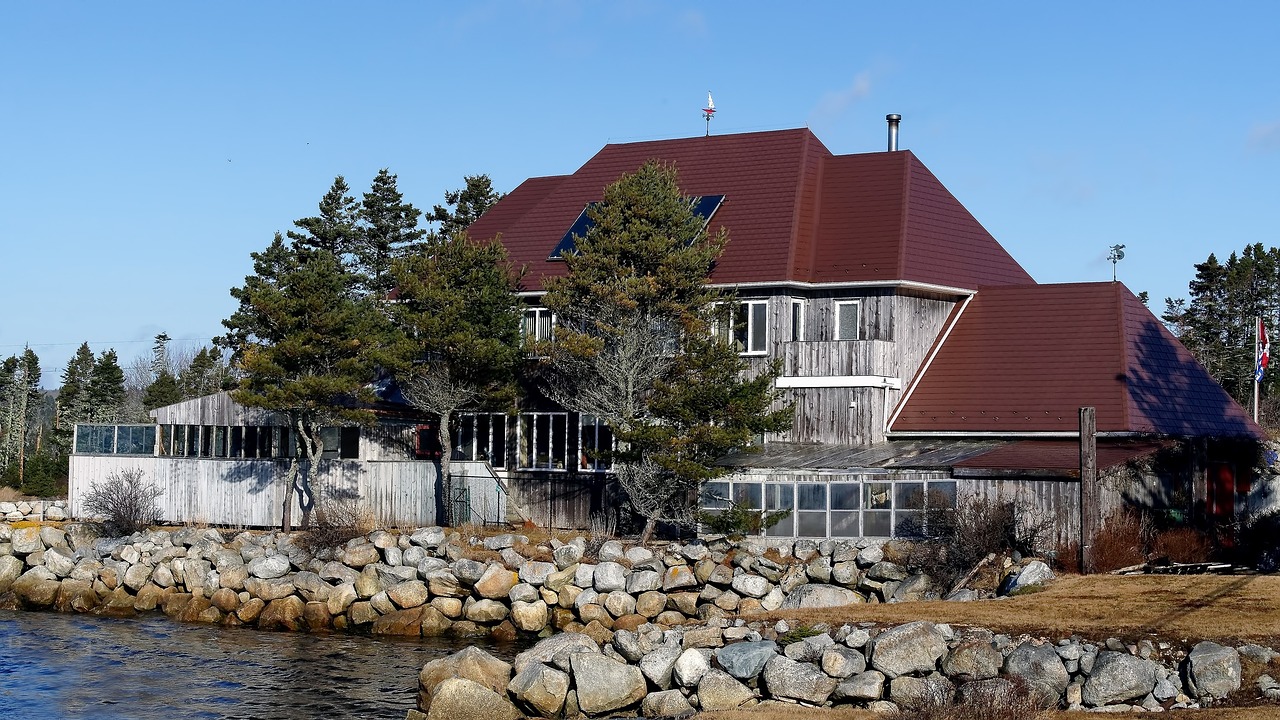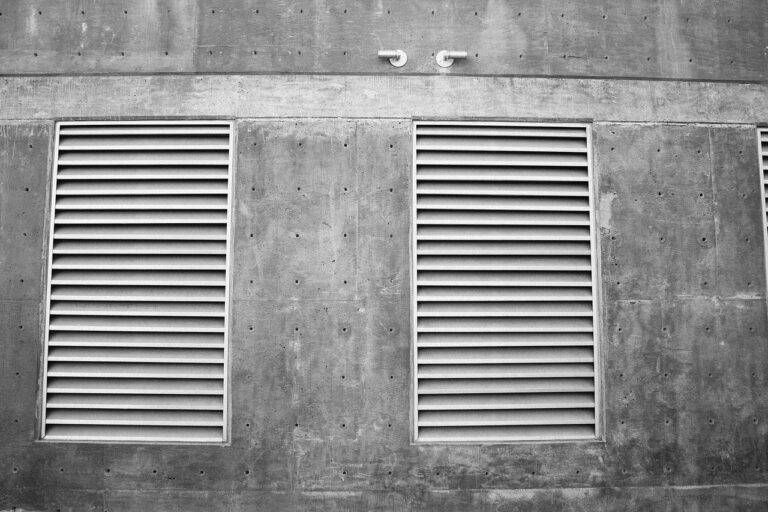DIY Vertical Garden Installation: Steps for Space-Saving Greenery
Vertical gardens are a wonderful way to bring greenery into small spaces. To install your own vertical garden, here are the essential materials you will need. First and foremost, select a sturdy structure to mount your vertical garden on, such as a trellis, a metal frame, or a wall-mounted planter. This will serve as the foundation for your garden and provide support for your plants as they grow.
Next, you will need to choose the right containers for your plants. Opt for containers that have drainage holes to prevent waterlogging and allow excess water to escape. Additionally, ensure that the containers are the appropriate size for the plants you intend to grow and can be securely attached to your chosen structure.
Choosing the Right Location for Your Vertical Garden
When selecting the ideal location for your vertical garden, factors such as sunlight exposure, accessibility to water sources, and space availability are crucial to consider. Choose a spot that receives at least 6-8 hours of sunlight daily for sun-loving plants, or opt for a shadier area for those that prefer indirect light. Additionally, ensure that your location allows for easy access to water, whether through a nearby faucet or a convenient watering system.
Furthermore, the structural integrity of the chosen location is paramount to support the weight of your vertical garden. Make sure the wall or structure you select is stable and capable of accommodating the weight of the plants, soil, and any additional irrigation systems. Take into account the wind exposure in the area as well, as strong winds can affect the health and growth of your vertical garden.
What are some materials needed for vertical garden installation?
Some materials needed for vertical garden installation include a sturdy structure for mounting the garden, planter boxes or pots, potting soil, plants, watering system, and any necessary tools for installation.
How do I choose the right location for my vertical garden?
When choosing the right location for your vertical garden, consider factors such as sunlight exposure, accessibility for watering and maintenance, and the weight-bearing capacity of the structure you plan to mount the garden on. It’s also important to consider the aesthetic appeal of the location and how it will complement your overall design.
Can I install a vertical garden indoors?
Yes, you can install a vertical garden indoors as long as you have adequate access to natural or artificial light for the plants. Indoor vertical gardens can be a great way to bring greenery into small or urban spaces.
Do vertical gardens require a lot of maintenance?
Vertical gardens require regular maintenance such as watering, pruning, and fertilizing just like traditional gardens. However, the vertical orientation may require some extra care to ensure proper watering and nutrient distribution to all plants.
How can I ensure the longevity of my vertical garden?
To ensure the longevity of your vertical garden, choose high-quality materials for installation, select plants that are suitable for your climate and the location of the garden, and maintain a regular watering and maintenance schedule. It’s also important to monitor the health of your plants and make any necessary adjustments to ensure they thrive.





